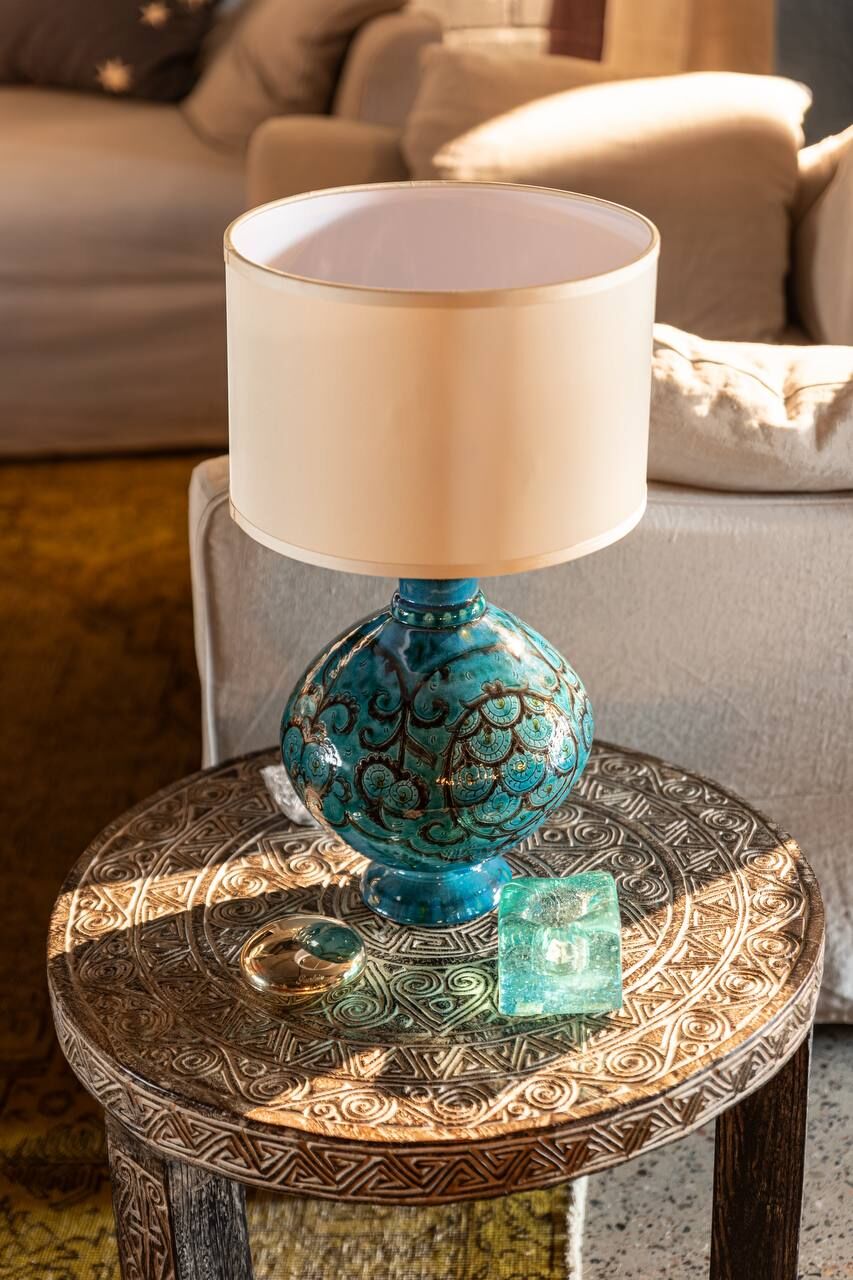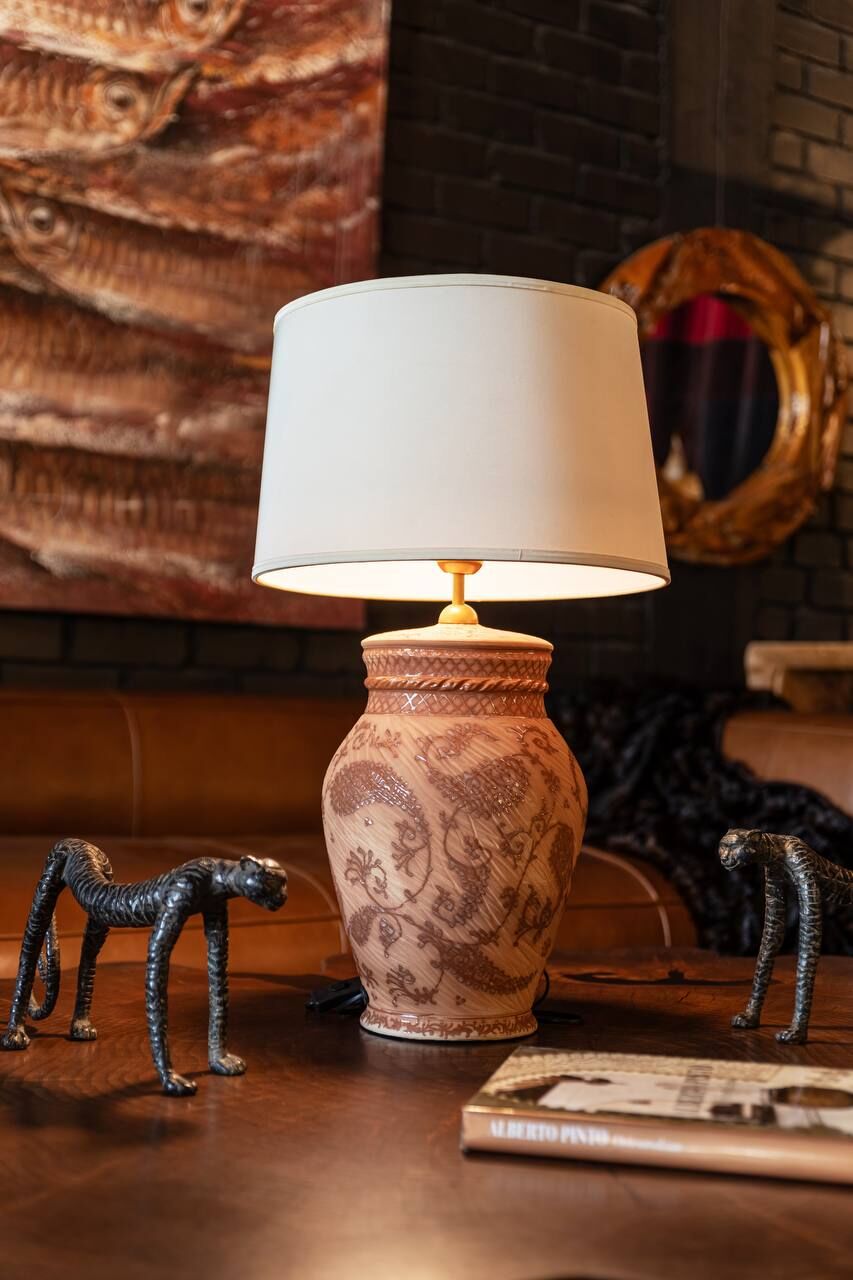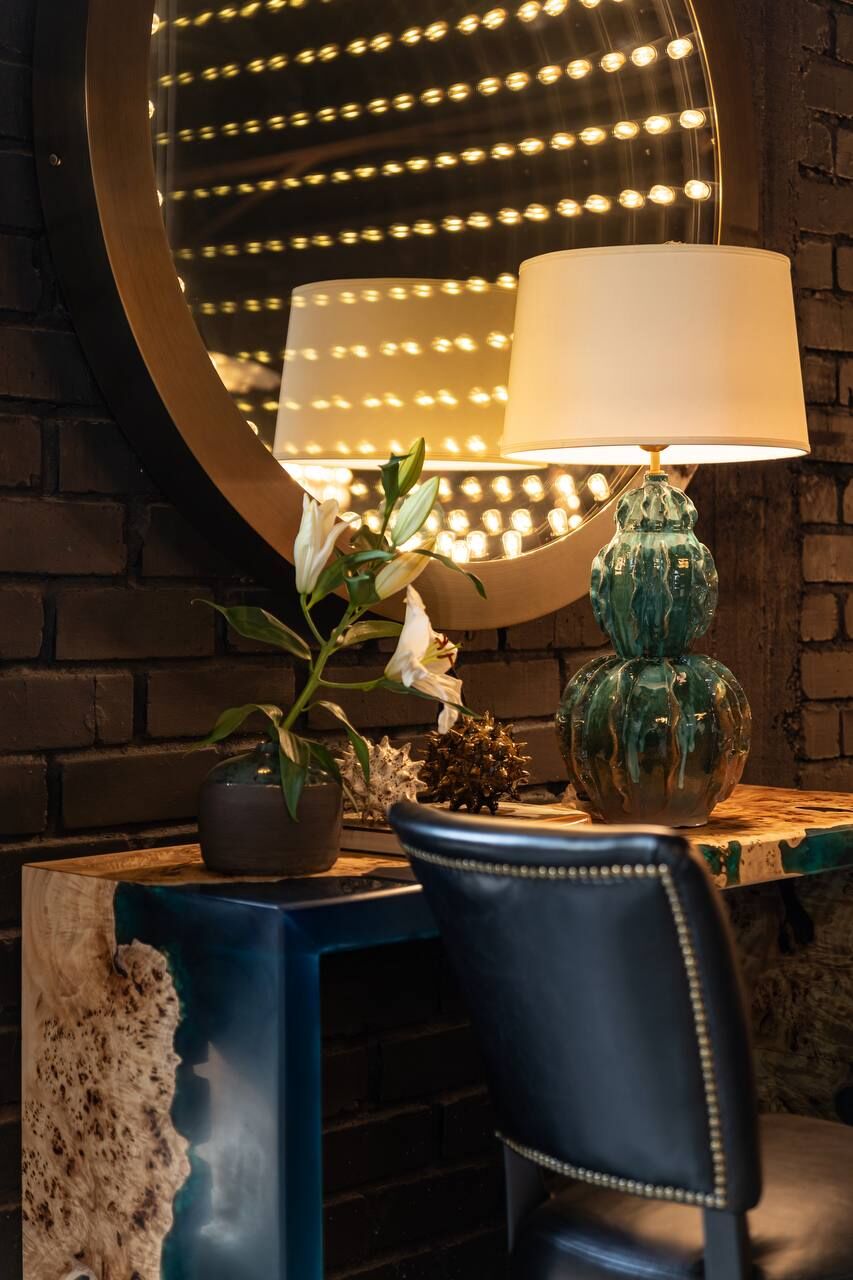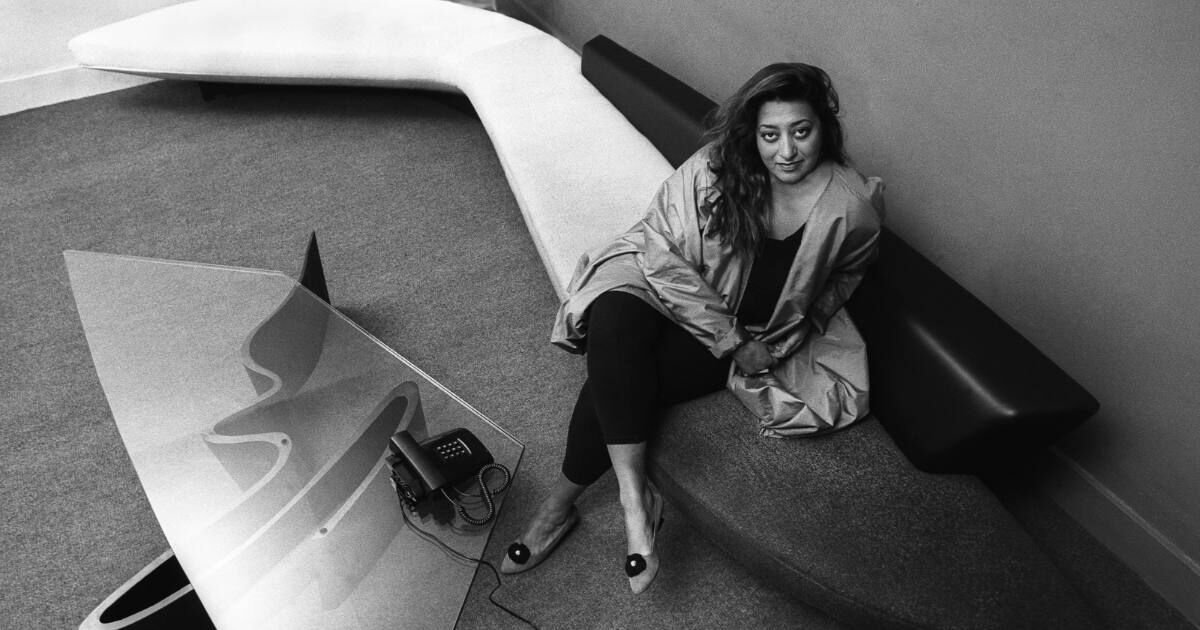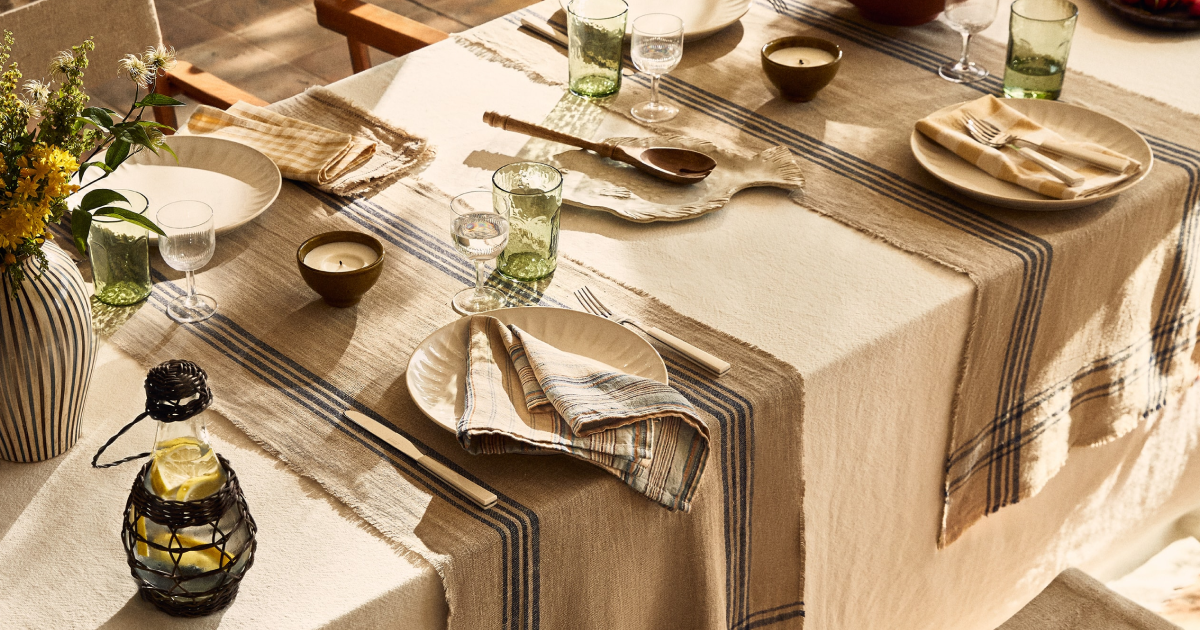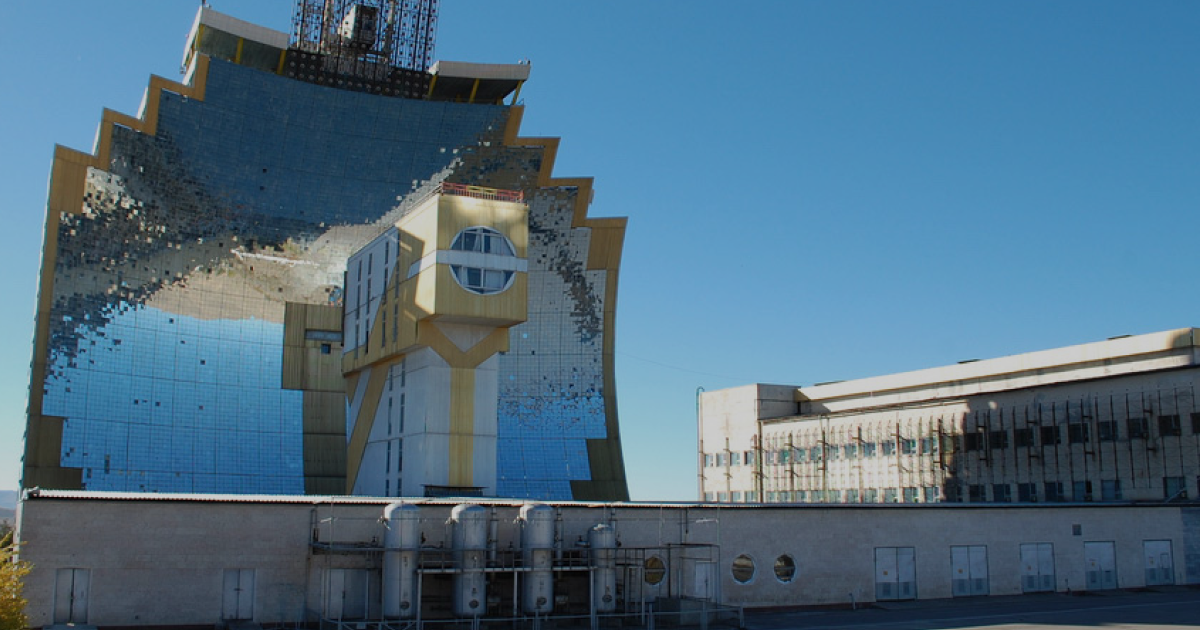Interior objects as the heart of the home
The intertwining of history and contemporary design at Valsdecor
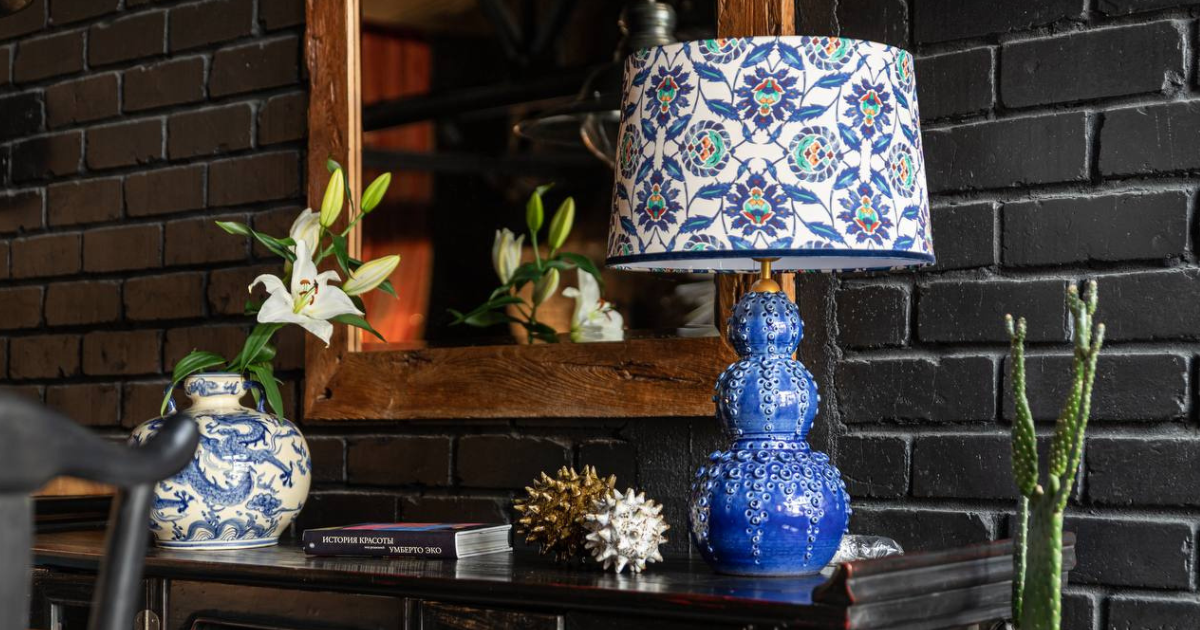
T
he interior of a home can reflect the values and history of a family. This approach resonates with Svetlana Valsovskaya, the founder of Valsdecor, a gallery of exclusive ceramic table lamps.
“Our project is about home, about warmth. I want homes to become cozy and stylish, to transform into spaces where you want to live, welcome guests, and build a family.”
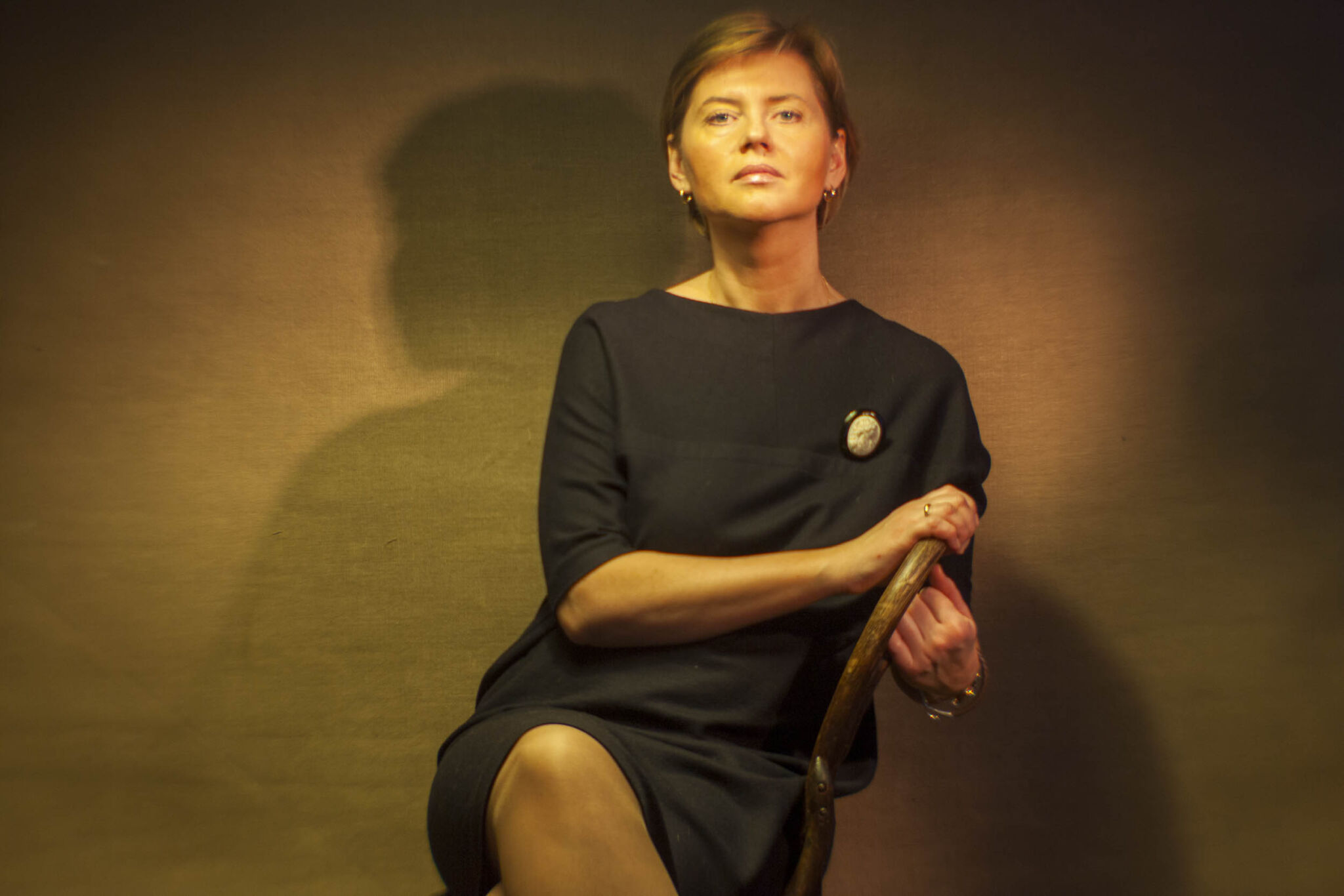
Finding a direction
By profession, I’m an interior designer, but I consider myself more of a decorator. I enjoy working with objects; the technical aspects of design never really appealed to me, though of course, I understand their importance. I’ve always been more drawn to the artistic side of the profession, and I even tried drawing myself, so decorating became my main path.
I graduated from the “Details” school, a well-known educational institution in Moscow, where students develop a special perspective on design, get “infected with the virus of creativity,” and learn the art of creating beauty that transforms the world. You can always recognize graduates of this school by their work. Today, it is actively developing its product design program, and I’m proud to have received my education there.
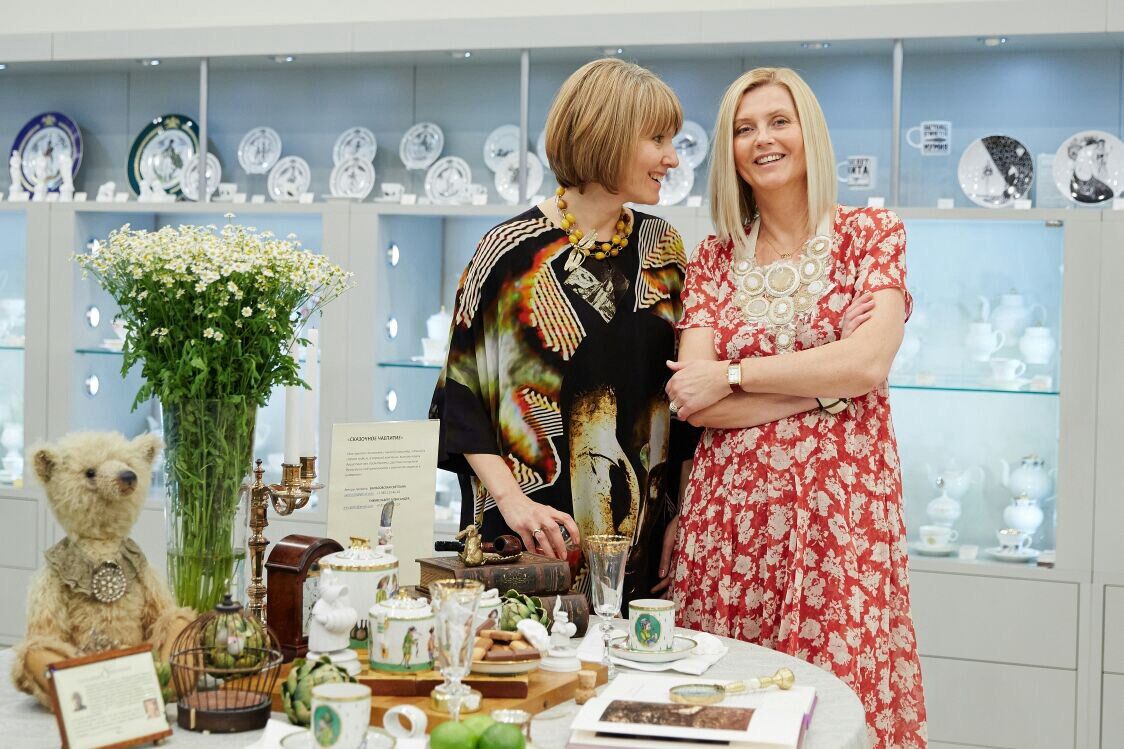
Later, I did an internship at the KLC School of Design in London. In 2016, I participated twice in the Russian TV project The Housing Question (Kvartirny Vopros) on Channel One, and later worked as art director on the interior design show Dear Telecasting (Dorogaya Peredacha). I recall an interesting and unconventional project in the flagship “House of Porcelain” store, which belongs to the Imperial Porcelain Factory. As part of a collaboration between the “Details” school and the factory, we worked on decorating a festive table.
I’ve always been interested not only in private interior projects but also in larger-scale creative endeavors where I could use my organizational skills and express myself. That’s why I decided to try product design and start creating unique pieces from scratch.
A fateful discovery
I had no personal experience working with ceramics, but perhaps it was fate that brought me to it. Sometimes, events occur in our lives that can only be described as fateful or magical, and later, it becomes clear they didn’t happen by accident.
In the spring of last year, my family and I went for a walk at Charvak when the water level in the reservoir had dropped dramatically. The lake had turned into vast desert-like expanses with cracked earth and bizarre crevices – like a scene from Star Wars. I still have some atmospheric photographs of that place.
There, on the deserted shore, my son accidentally stumbled upon something in the sand. Digging it out, we uncovered an old jug. Of course, we first joked about genies and treasure, but it was empty inside. I love antiques and objects with history, so I was overjoyed by the find.

Later, we decided to consult experts and learn more about it, so we went to the Museum of the History of Uzbekistan. It turned out that the jug dates back roughly to the 6th–8th centuries CE. It had likely once been painted, but the decoration did not survive. We donated it to the museum, where it truly belongs.
This happened before the start of my project, although I had already been thinking about producing decorative ceramic items. That’s when I thought: perhaps this is a sign. And so, ceramics came into my life in its own way.
It all began with a simple desire to help some friends decorate an apartment for sale. While exploring local stores, I realized there was a lack of interesting, stylish decorative objects. That’s how the idea for a collection of decorative figurines was born – the first being an artichoke. Working on this project turned out to be more difficult than I expected. I had to collaborate with several artisans to achieve the desired result. There are plenty of ceramists in Tashkent, but crafting a stylish and modern figurine with high quality proved a real challenge. It took six months to find “my” craftsman and reach the necessary outcome.
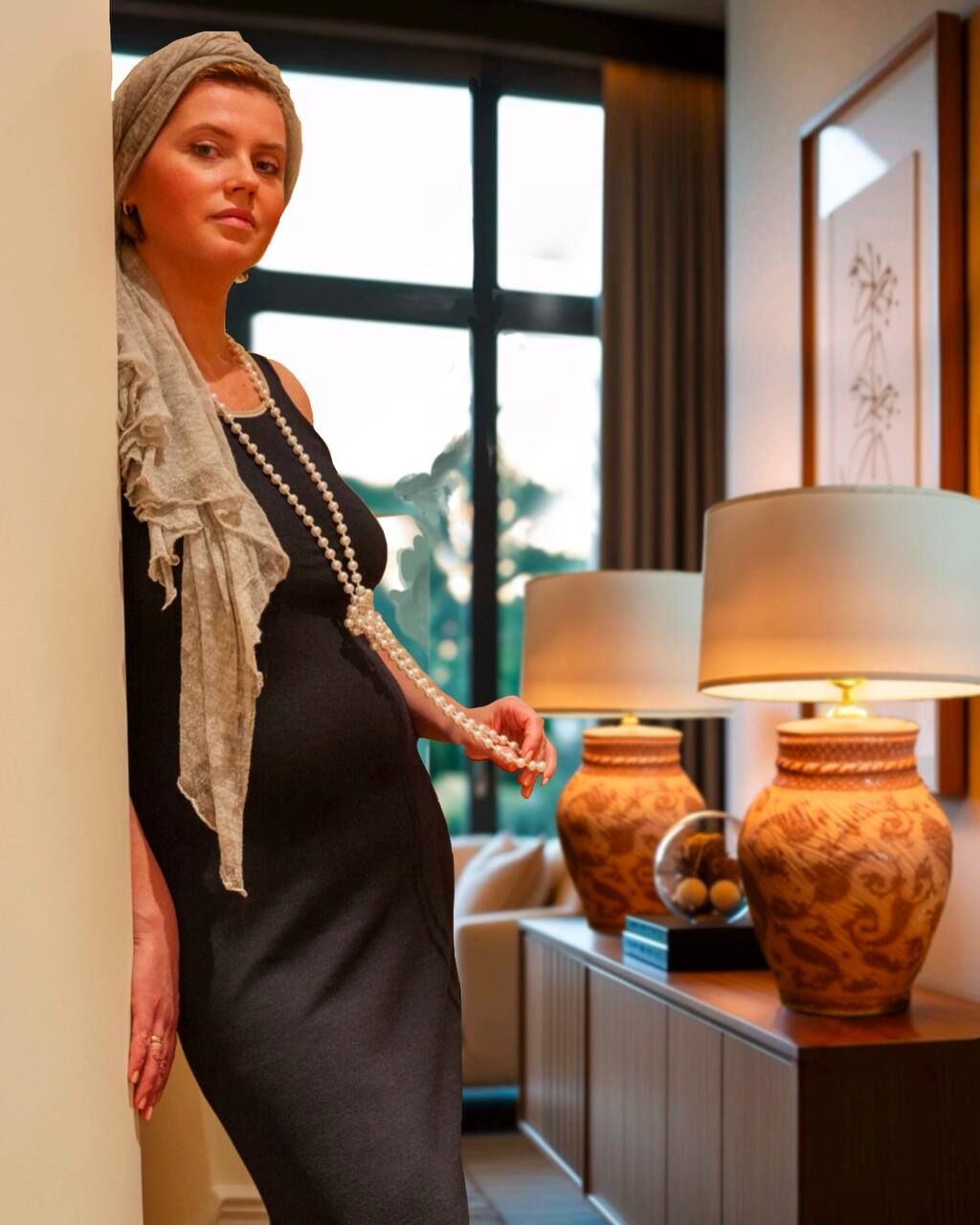
Our project is still young, but we already work with leading ceramic artists from different cities across Uzbekistan who create lamp bases and décor for us exclusively, both in traditional styles and modern interpretations. We now have five collections: “Artichoke”, “Patterns of Time – Rishtan”, and “East – West”.
How it all began
My husband and I have traveled extensively across Uzbekistan, exploring various regions – Khiva, Bukhara, Rishtan, and Samarkand. We were fascinated by the cultural nuances and traditions and how they are reflected in modern life. That’s where inspiration comes from, and immersion in culture begins.
We wanted to bring the centuries-old traditions of Uzbekistan’s various ceramic schools into modern Eastern and European homes through decorative objects – give them a new life, a new form, and extend the thread of time, showing how traditional ceramics, patterns, and hand painting fit beautifully into the present day.
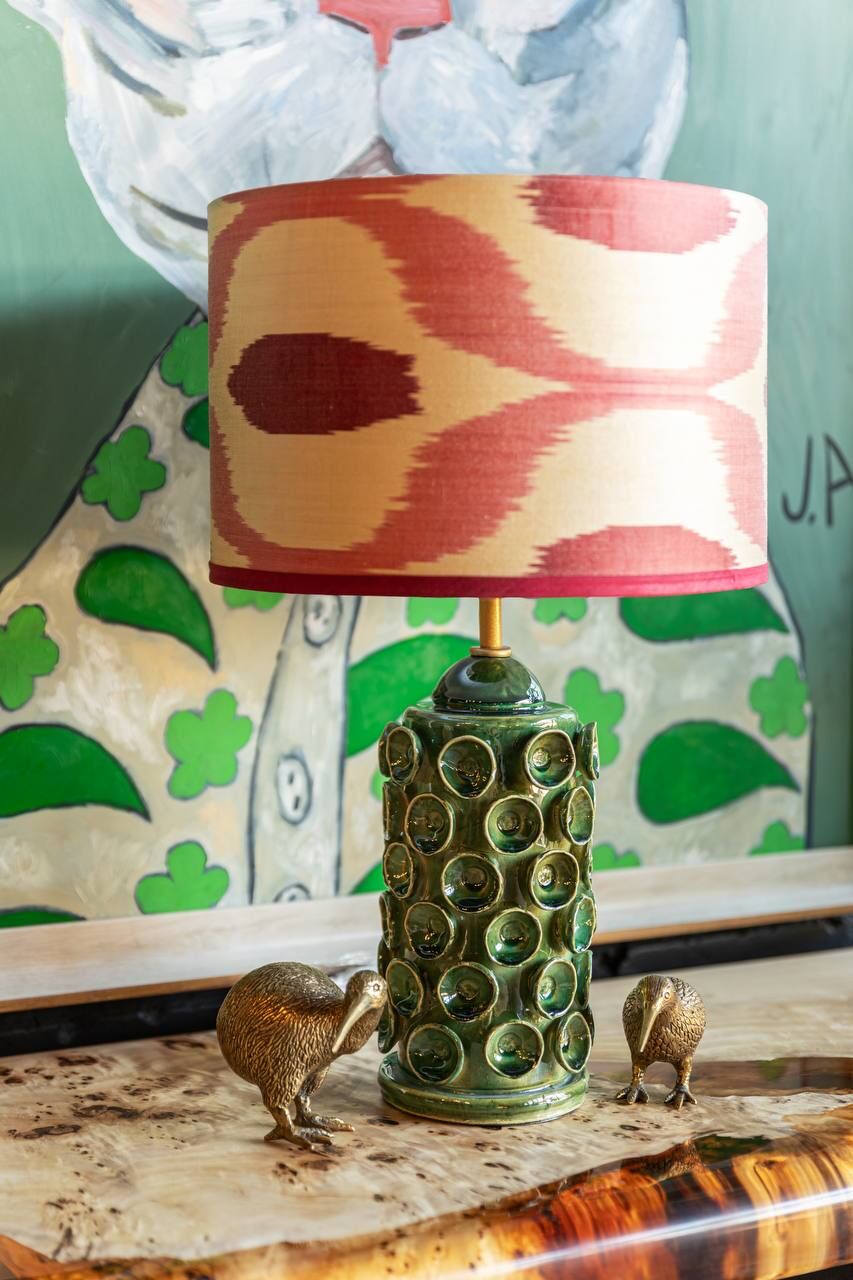
All my work is driven by the idea of creating mood. The pieces we create don’t just fill a space – they give it a face, evoke emotion, reflect the personality of the homeowners, and inspire admiration for ceramic artistry. I think through every detail of a lamp to emphasize its individuality, to perfect its emotional and visual image – shaped by the hand-painted designs, the ceramic base, the natural glaze, and the fiery element during firing.
I enjoy combining traditional patterns with modern forms, mixing ethnic motifs with minimalism, and creating harmony where the simplicity of one is balanced by the warmth and richness of the other. This is how unique objects are born – those that decorate the space and become its key accents.
Handmade craftsmanship and traditional techniques
The process of creating our pieces is one-of-a-kind – local clay, the hypnotic shaping by hand on the potter’s wheel, sun-drying in natural conditions, natural glaze and hand painting that is never exactly repeated, firing – sometimes in traditional wood-fired kilns – as well as custom-selected lampshade shapes and fabrics and brass base elements. All of this makes our table lamps unique works of traditional ceramic art in a contemporary applied form.

We don’t produce in large quantities – all items are either one-of-a-kind or made in limited series. If a client needs a pair, we always warn that it’s impossible to make an exact copy – ceramics and glaze behave differently during firing. Our artisans do not use stencils or molds; each piece is the fruit of their manual labor, artistic imagination, and individual techniques for painting and glazing. The owner of such a piece can be confident that no one else in the world will have the exact same one. Each ceramic base is marked with the master’s stamp.
We’re constantly expanding our circle of artisans – our co-creators, each with their own unique style and signature, dedicated to their craft, creative, and continually evolving. We want to demonstrate that traditional ceramic craftsmanship can fit harmoniously and stylishly into modern interiors.

Each lamp comes with a certificate bearing a unique number that confirms the authenticity of the item and its origin. This number allows you to trace where, when, and by whom the piece was made. This certificate, affirming the origin of a household heirloom, can be passed down from generation to generation.
Why lamps?
A ceramic table lamp is a functional and durable item that always finds its place in a modern interior. And the lampshade can be changed over time – if you want to refresh the color palette of the space or shift its mood. After all, the lampshade is like clothing – it can go out of style, and you can always replace it.
Besides, natural fabrics like silk and velvet are sensitive to sunlight, so it’s important to place the lamp where direct sunlight won’t reach it.
We also offer care recommendations to help ensure our items last as long as possible.
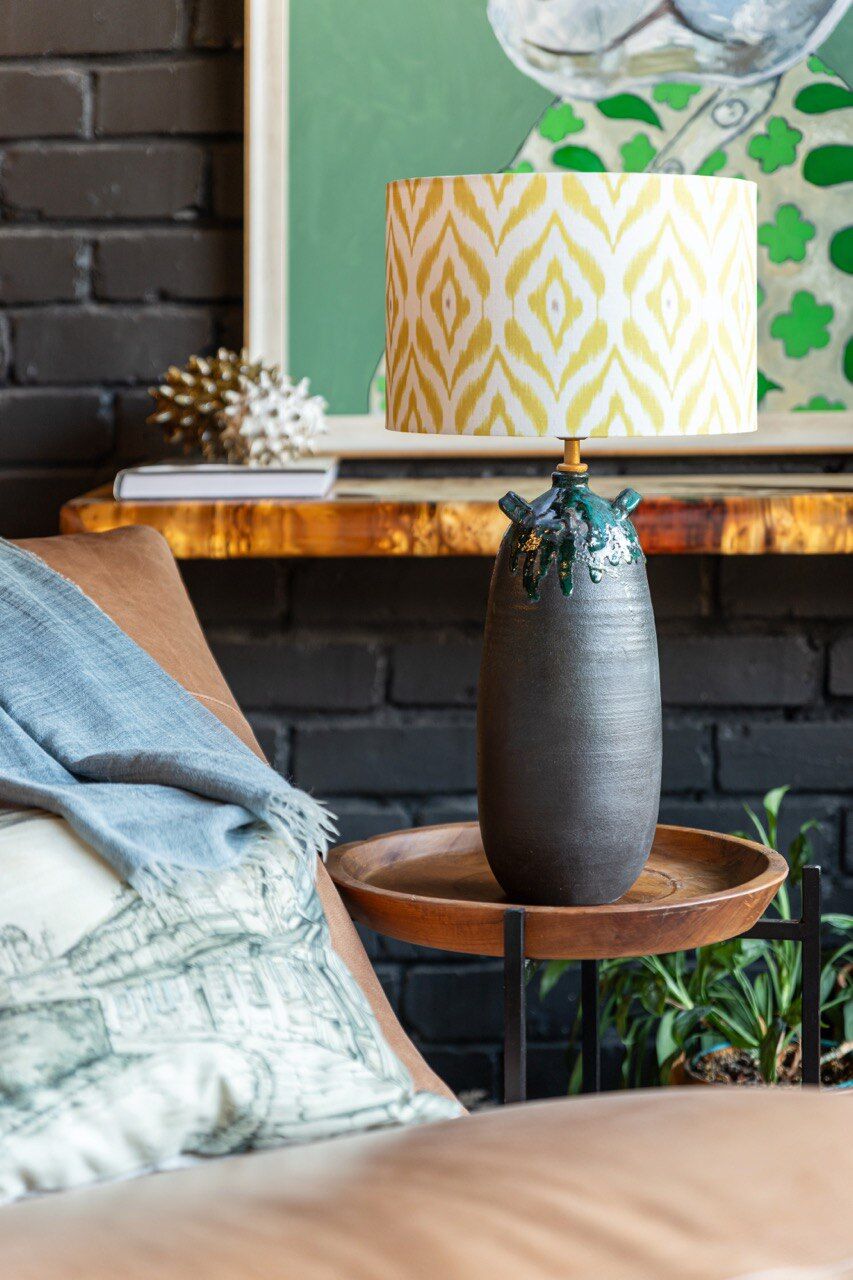
Our customers include not only private clients but also interior designers, hotels, and restaurants. We offer our pieces for use in both client and private zones in commercial companies and public institutions – anywhere where stylish, eye-catching objects are needed to create the right mood and atmosphere.
We’re constantly experimenting, exploring new directions, shapes, and styles. There is always the opportunity to create a custom piece with us – an exclusive object or an interesting lampshade. We can also visit clients with our products to try them out in the interior and select the most harmonious combinations of lamps and shades.
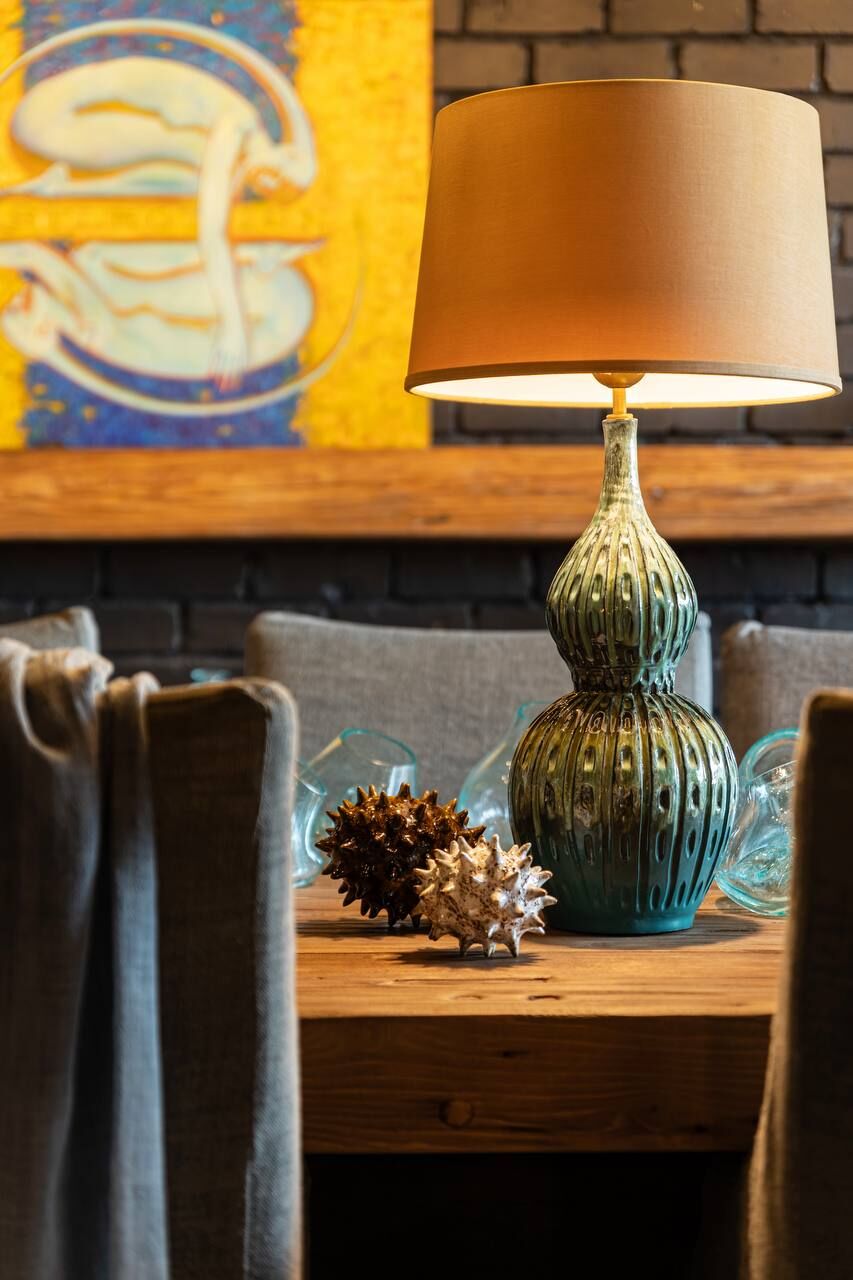
Repeating myself – our lamp is not just another interior object. It is a unique piece of handmade ceramic art that continues the centuries-old artisanal traditions of Uzbek ceramists, passed down through generations. These lamps radiate the warmth of the hands that created them, bringing light and joy into the home. Over time, they do not lose their charm or beauty – instead, they change, adapting to their owners from generation to generation. They become more beloved, more meaningful – both literally and figuratively.
I believe that this kind of transformation – the flow of tradition into modernity, the evolution of old, familiar methods and techniques, and their harmonious blending with new ideas – will resonate with people, gain devoted admirers, and give traditional art new breath, a new form, and meaning. And with it, bring a little more comfort, peace, warmth, light, and joy into our homes.
